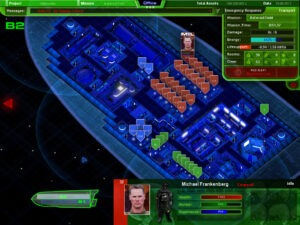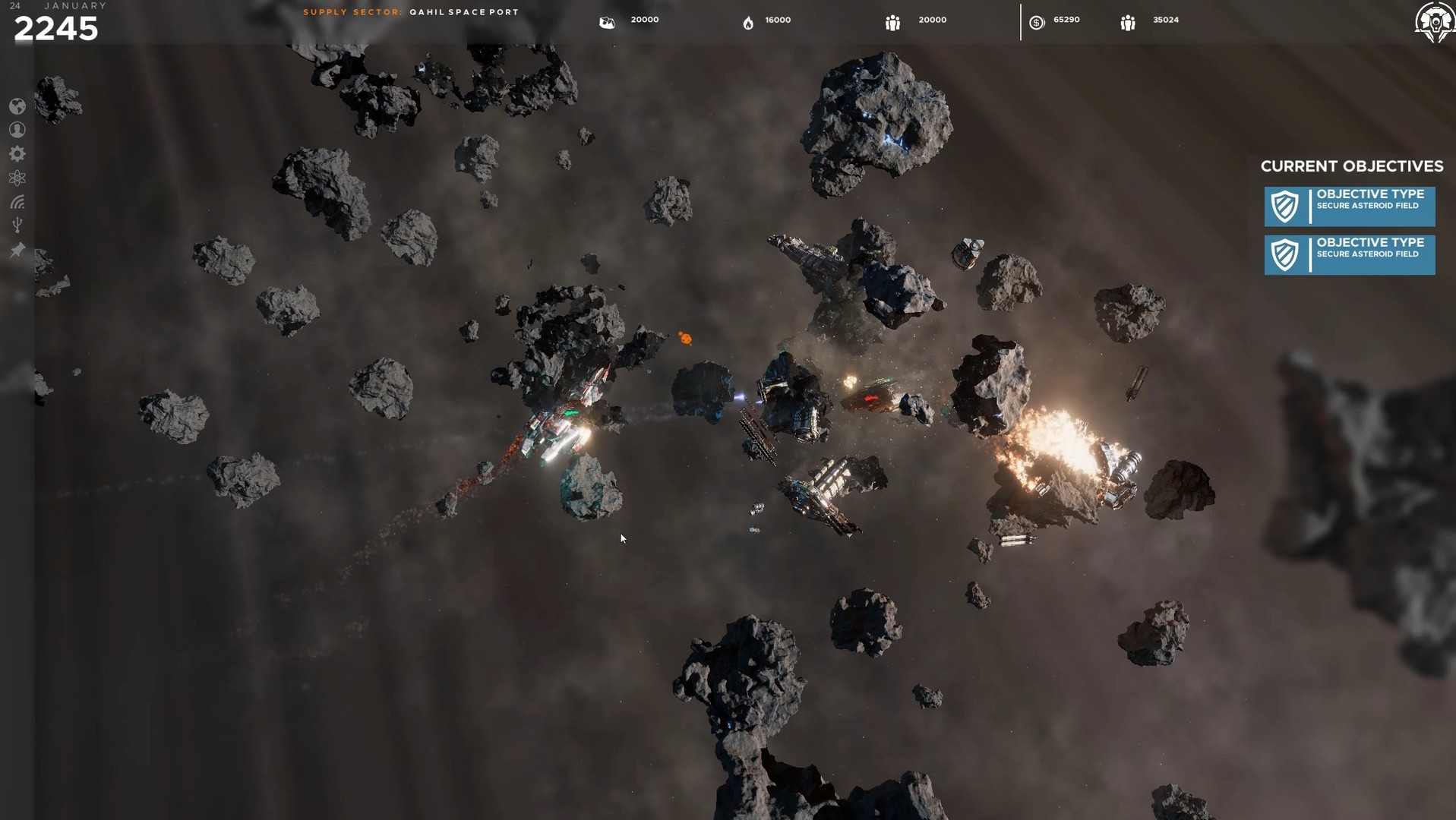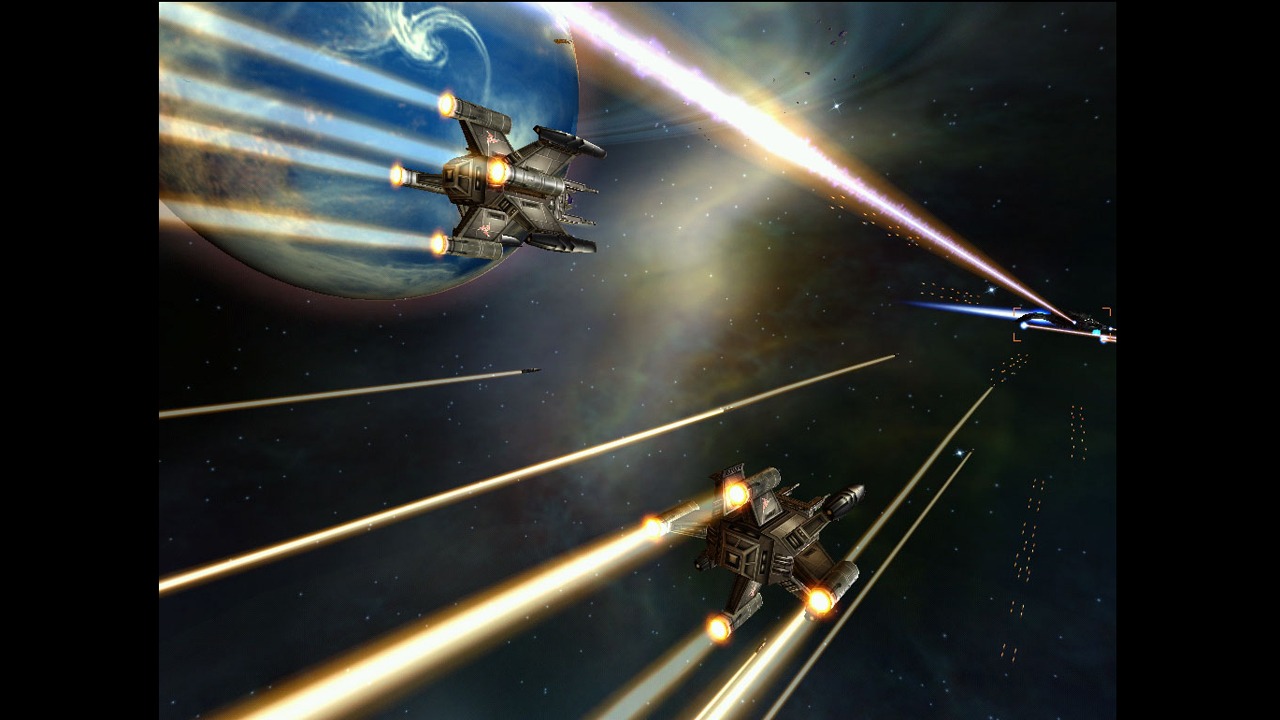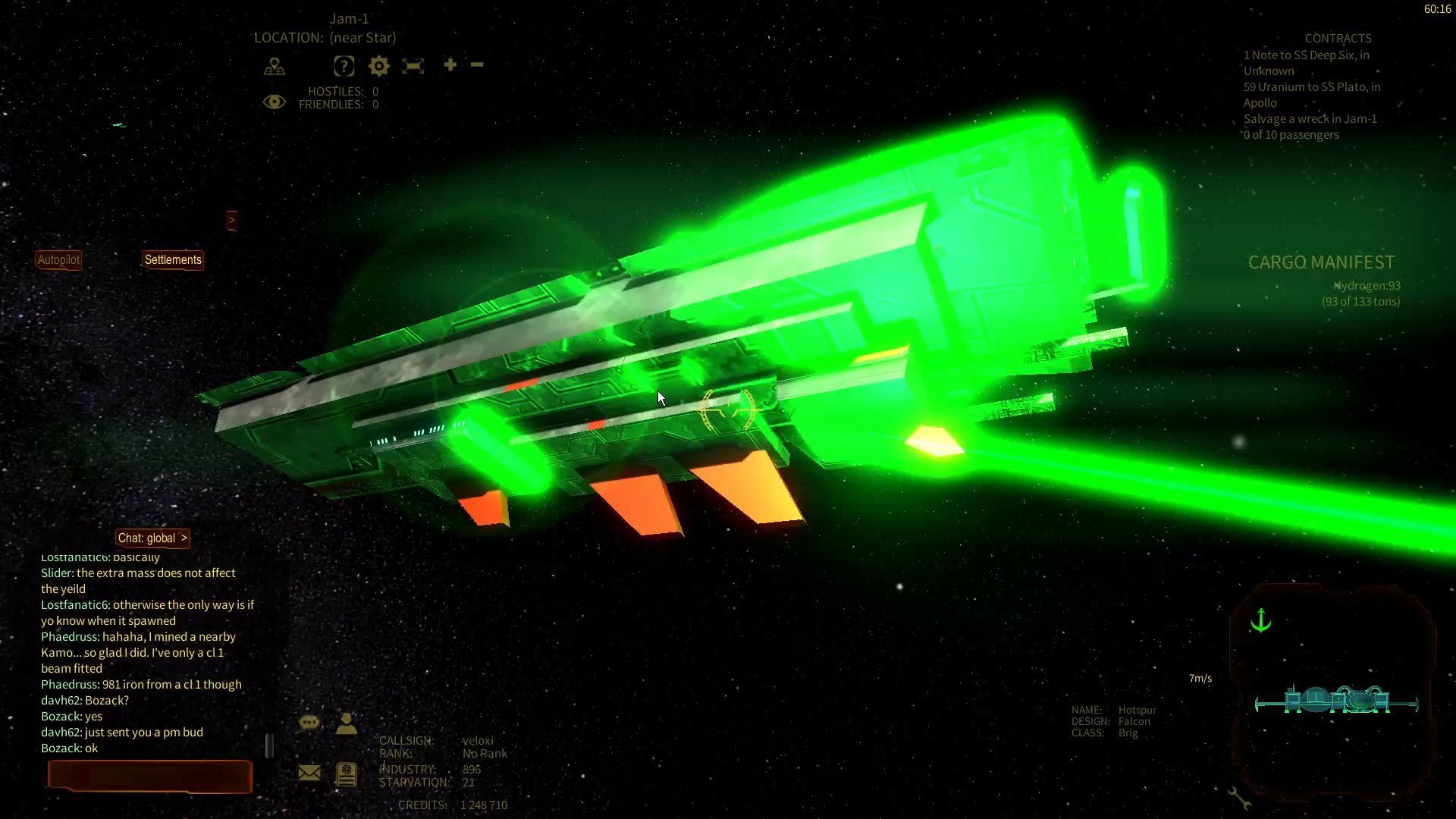
A little while back, I learned about a new spaceship construction and crew management game called Starship Corporation, which looks pretty intriguing if one likes to design ships as I do. :) I was therefore fortunate enough to contact the developer David Murent and discuss the game further and now I can’t wait to give it a shot. :) Please enjoy the interview below. :)
Brian Rubin: Thank you for taking my questions. First off, for those unaware, could you please explain the basic premise of Starship Corporate, as well as where the idea came from?
David Murent: Starship Corporation is a Realtime Strategy Game that contains 4 Elements:
- Ship Design
- Crew and AI Tactics
- Ship Building
- and Trade
The player is able to create the layout for Spaceships and Planetary Installations with multiple decks within the boundaries of existing fuselages. He can choose between (currently) 50 Room types in 6 categories.
A completed Design can then be challenged by playing a series of missions to test the crews´ reaction to emergencies and the ships combat capabilities. The success of these missions determines the ships rating, important for a good price on the market or the ships performance in your own fleet.
Fascinated by Science Fiction Worlds created by Ridley Scott (Alien, Prometheus), James Cameron (Aliens), Stanley Kubrick (2001: A Space Odyssey) and games like Homeworld, I wanted to create a game, where the player is able to design an entire spaceship – not with an external level editor, but where the level editor is an important part WITHIN the game.
Impressed by huge shipyards and shipbuilding I wondered how this might look and work in future societies. I am certain that those worlds, even in wartime, enormously expensive warships that sometimes take years to build will not be thoughtlessly destroyed.
A lot of thought and effort would be put into plans how to best capture those ships by boarding and disabling the crew. How much more profit can you make when you only risk the lives of a few marines and probably get millions worth of equipment in a quick operation?
Brian: I have to admit, the description of the game’s single player portion is a bit confusing to me. You design your ship, train your crew and then manage a fleet. Then what? I mean, I see there are fifteen missions in the single player mode, but what happens when those have been finished? How does the game engage the single player once the fleets are built and the missions are done?
David: The 15 Missions are challenges for each new ship you build. There will be plenty of “Contract Jobs” (which are the Ship Building “Missions”), but there will be only very limited possibilities to use your own fleet. The single player “Core Game” will be free, so I think that’s quite fair.
Brian: I’ll be honest in that I’ve not played with the recently released ship design alpha, but it looks fairly complex. Could you give us some insight into how it works, and how much control we have to make our ship designs? Also, are there ways to simplify the process?
David: You can build different types of installations (e.g. Engine Room, Bridge, Crew Quarters) by rotating and placing them within the hull on several decks. You connect the rooms with hatches, corridors and elevators. Placing and connecting generators supply the rooms with energy. If you build a ship for a contractor, you have to fulfill certain goals (like range and cargo space) and stay within certain limits (budget and crew limit). You will be able to buy (ingame) and load existing ship layouts to avoid building everything from scratch.
Brian: What kind of hulls will we be able to choose from, and can we add things externally to further specialize them for specific roles, or will their external profiles be fixed?
David: There will be hulls for every kind of ship you can imagine: small and large transports, warships, cruise ships, prison ships, hospital ships, science vessels, and even planetary installations (buildings) for mining, housing or terraforming.
It will be possible to customize the hull with outer hatches and sensor equipment, but the shape cannot be altered.
Brian: In watching the gameplay video, it looks like there is a ton going on on-screen, which makes me wonder about usability. Please tell us about how you manage a ship and her crew while in flight. Does the crew, for example, do they need to be told where to go and what to do all the time, can they be given basic tasks to accomplish, or are they fairly autonomous, for example?
David: The crew will most of the time use player-defined patrol routes or stay at their stations. I case of emergency or combat, they react only to their immediate environment and according to their experience and morale. There will be moments, where have to assign new tasks or change routes quickly, and you can use the pause-button to take the stress out of it.
Brian: The multiplayer portion that’s planned for the game looks like a fairly large meta game. Could you explain to us how this portion of the game works, and what the player’s role in this larger multiplayer galaxy will be?
David: The player will take over a run-down shipyard and take it to new glory. At first you will mostly take contracts from local governments and companies, but as soon as you have the resources to build your own ships, you can expand throughout the galaxy. The reputation you earn is important for your success and determines the kind of people you will attract as business partners. If one of your ships gets attacked (or is attacking), the rating it got during training determines the outcome. If the ship survived (or even captured the enemy) you can use all the information gathered from the enemies´ship (and salvage parts of it).
Brian: Now, I have to ask something possibly sensitive. Right now, Ayn Rand and “Atlas Shrugged” are fairly polarizing due to our current political climate here in America. I therefore have to ask, how did you come to choose this particular work as a subject for a possible story-driven campaign?
David: I am aware the “Atlas Shrugged” is completely on the other side of the spectrum from mainstream politics, celebrating the “hero entrepreneur”, and that’s why I wanted to do it – to show a new kind of thinking.
If you are interested in politics, you will discover a lot of references to current events in the game – if not, it will just be a challenging game in a living world.
After all “Atlas Shrugged” is mentioned as “inspired by” – you could just as well say it is inspired by “Foundation” by Isaac Asimov (but that’s not as polarizing).
Brian: Finally, now that your IndieGoGo campaign has been successful – congratulations on that by the way – how do you make sure you meet the expectations of all of those people who’ve donated to your game?
David: Thank you! I keep in contact with all contributors by mail and in the forum to make sure that I stay true to the original idea as well as implement great new ideas. I could already hire a programming genius with experience in online game development, and I am in contact with talented people for sound and music.
This game will be completed, not only because I already invested a year of my life into it, but because I want this to be the starting point of a great game company – so reputation is very important to me.




Sounds very interesting, a bit like FTL but with whistles on – I like!
Yeah, it looks waaaaaaaay more detailed than FTL, which could be a good thing if executed properly. :)
This looks very interesting. A bit like Capitalisation II, but with building spaceships instead of industries.
Backed.
Not a bad analogy! I hope it’s at least as good as Capitalism II! ;)